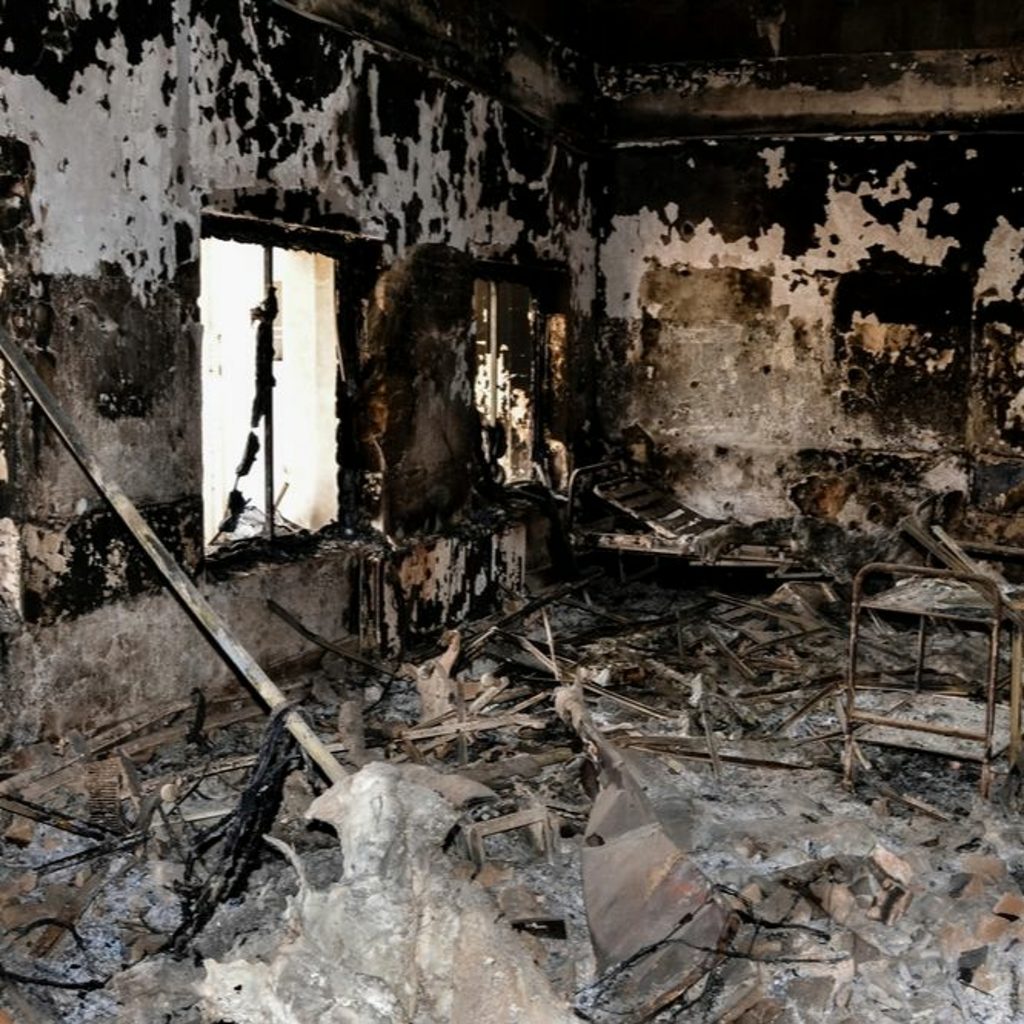There is no place of greater safety for civilians and soldiers wounded in today’s wars. In 2016 alone there was nearly one attack every day on a hospital in a conflict zone.
The most infamous attack came in 2015, when the United States bombed an MSF hospital in Kunduz, Afghanistan.
Why? Are we seeing the end of the rules that governed warfare and provision of safe spaces for those caught in the crossfire? The origins of the Red Cross and humanitarian law go back to the middle of the 19th Century, to the battle of Solferino in 1859. The French Army under Napoleon III faced off against the Austrian Army led by Emperor Franz Joseph 1st. The politics behind the battle related to Italian independence but the battle is famous for much more.
300,000 men met on the field of battle near Solferino a small town between Milan and Verona. After nine hours of combat nearly five thousand were dead and more than 22,000 were wounded, many lying where they fell receiving no medical treatment.
A Swiss observer of the carnage, Henri Dunant, organized local people to bring some kind of relief to the stricken soldiers. Dunant, a man of private wealth, self-published a book about his experiences, it was the first step in the lobbying that would create the Red Cross in 1863 and the First Geneva Convention or the Amelioration of the Condition of the Wounded in Armies in the Field, the following year.
War today is different. Emperors no longer command armies into battle in great open spaces. Conflict is everywhere and involves everyone unlucky enough to be nearby.
In WW1 for every 10 soldiers killed 1 civilian died. Today that is reversed. For every soldier killed 10 civilians die.
